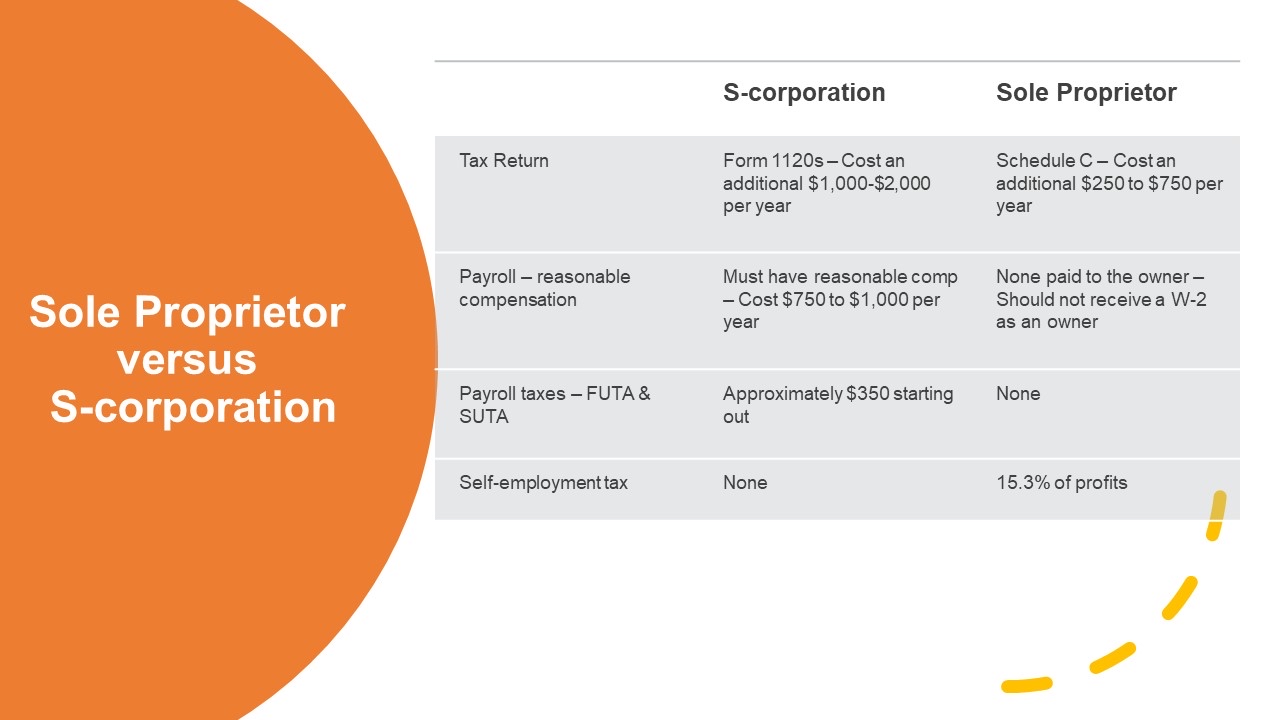6 Strategies to Survive a Cash Flow Crisis
Sometimes there are ups and downs in business, just like in life. However, knowing what to do in a cash crunch can make or break you. These six strategies to survive a cash flow crisis will help you better manage the highs and lows.
What is cash flow?
Before we look at strategies to survive a cash flow crisis, let’s review what cash flow actually is. In a nutshell, cash flow shows how much money is coming in and how much money is going out.
You have a positive cash flow when you have more money coming in than going out. If you are struggling to cover your business expenses, your cash flow is negative.
That’s why planning for the expected and unexpected is good business practice. But even the best planning can go awry at times, which is why these strategies to survive a cash flow crisis may be useful.
Six strategies to survive a cash flow crisis
There are several tactics small business owners can apply before and during a cash flow shortage to help.
Assess your cash flow.
For starters, take a close look at your cash inflow and cash outflow to get a clear picture of your current financials.
Save your cash.
Review your fixed expenses closely. See where you can cut costs and conserve money, including rent, utilities, insurance and wages.
Negotiate lower prices or extended payment terms with suppliers and vendors, if applicable.
Create a cash flow budget.
Creating a budget is a must for managing your cash flow. Not only will it help you track your income, but it will also help you spot potential issues before they arise.
Manage your inventory.
Be mindful of your inventory. What is selling well? What isn’t? Consider offering specials and discounts to help move products that sit around longer.
Find new sources for cash flow.
Government grants, low-interest loans and financial investors are all possible sources of new cash flow.
Adjust your payment terms.
If you depend on customers’ payments for your cash flow, don’t wait around to send out invoices. It may help to offer incentives for early payments or let customers pay in installments if needed.
Summary
Finally, proper bookkeeping is a good way to avoid cash flow problems up front. Accurate cash flow reports and projections can give you enough time to make needed corrections before cash runs low. Looking for someone to help create your initial budgets and more? Contact us for a free consultation. For more industry news, keep reading our blogs.












